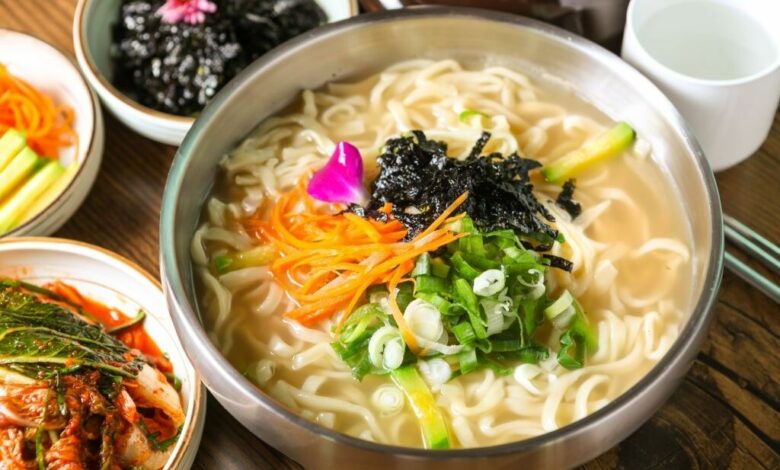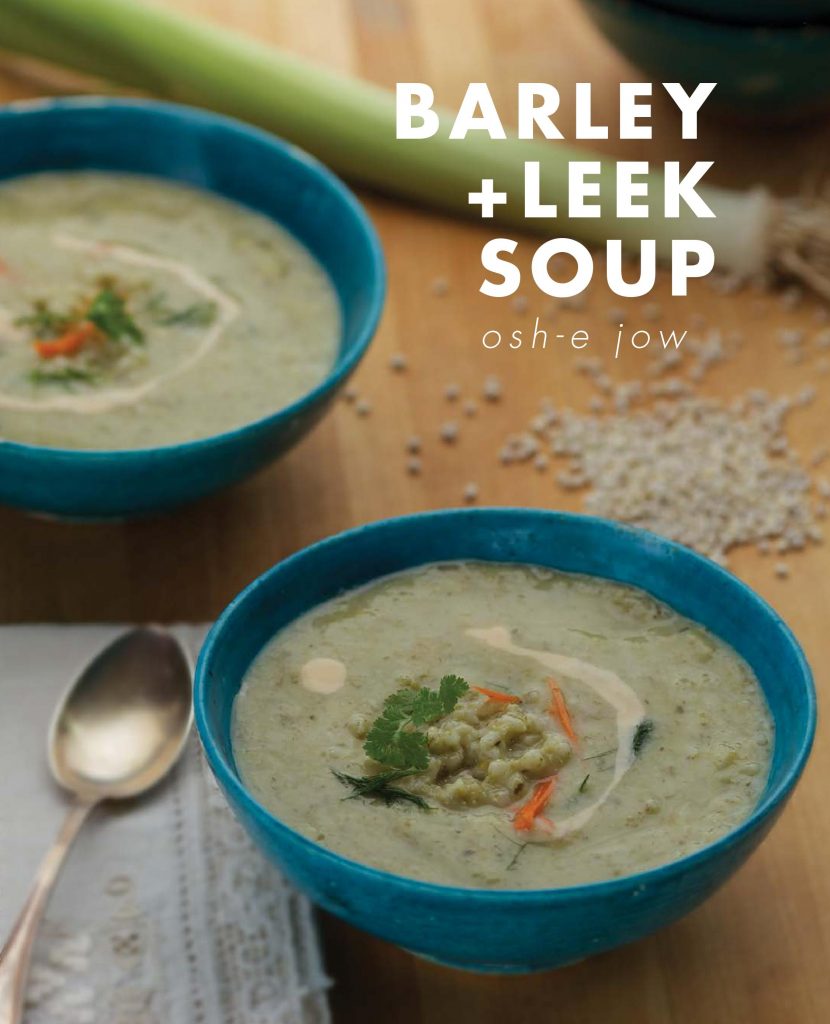Table of Content
From chef and bestselling author Andy Ricker comes this definitive guide to the most delicious and time-honored noodle dishes of Thailand with recipes anyone can make at home. Catalan cuisine authority Daniel Olivella serves historical narratives alongside 80 carefully curated Spanish food recipes, like tapas, paella, and seafood, that are simple and fresh. Beautifully photographed and filled with stories of food suppliers in Japan and California, Japanese Home Cooking is a thrilling introduction to the essence and essentials of Japanese cooking. Beautiful, and a an excellent overview of Japanese cuisine. Unfortunately, like many books of Japanese cookery, this is not a book you can pluck recipes from out of context, and most recipes are time-consuming, multi-step projects, not weeknight suppers. Beginning with a list of pantry items and gadgets and flowing into the Five Elements of Japanese Cooking, this book is like the Do-Re-Mi song in Sound of Music.

The essential guide to Japanese home cooking—the ingredients, techniques, and over 100 recipes—for seasoned cooks and beginners who are craving authentic Japanese flavors. The essential guide to Japanese home cooking-the ingredients, techniques, and over 100 recipes-for seasoned cooks and beginners who are craving authentic Japanese flavors. The essential guide to Japanese home cooking--the ingredients, techniques, and core recipes--for seasoned cooks and beginners who are craving authentic Japanese flavors. “Expand a home chef’s borders” with this “essential guide to Japanese home cooking” featuring 100+ recipes—for seasoned cooks and beginners who crave authentic Japanese food . I wish the introductory first section of the book was longer!
Chef's Magic Quantity Cooking for Planover Meals Tupperware Home Parties 1973
Goodreads helps you keep track of books you want to read. Goodreads is the world's largest site for readers with over 50 million reviews. We're featuring millions of their reader ratings on our book pages to help you find your new favourite book.
Everything is well explained, even the fundamentals and techniques of Japanese eating culture. The details this book gives is overwhelming in a positive way. In part two, Sakai lets fly 100 plus recipes from the panoply of Japanese comfort food, most utilizing easy-to-find, nutritious ingredients.
Reviews about this book
The amount of information and context given is both comprehensive and overwhelming. With that said, these aren’t recipes that you can quickly whip up on a bustling weekday night, but something to enjoy and savor. Japanese cuisine is very prep-oriented, and I feel like the patience and dedication is an art in itself. If you are looking for quick and simple recipes this is not the book for you.

The island nation’s unique geology, climate, rich waters, and isolation led to a culture, a civilization, more unusual and refined than any on Earth. The back of a book has a list of places to buy specific Japanese cooking items - from cutlery to ingredients - in the USA. The author's side articles on particular people she's met who have informed her cooking philosophy are also great reads. This Italian pesto recipe comes together quickly thanks to a food processor. Freeze extra for homemade pesto well beyond basil season. This chicken karaage recipe promises full flavor from a soy-and-sake marinade and combines wheat flour, rice flour, and cornstarch for a super crisp crust.
Basic white rice
Beginning with the Japanese pantry, the key flavors of Japanese cuisine are explored alongside recipes for the fundamental building blocks of this cuisine, including dashi, pickles, soybeans, rice, and noodles. From there, the basic okazu recipes offer solid everyday recipes that explore these foundational flavors. Throughout, discover lessons on traditional Japanese techniques, from working with fish to slice sashimi and make home-style sushi, making quick and fermented pickles, and cutting noodles. With stunning photos by Rick Poon, stories of food purveyors in California and Japan, and over 100 recipes, this is a generous book that will appeal to home cooks of all levels.

After reading on Kindle for several months, I decided to purchase the hard cover edition which is beautiful. I have no idea who's ego trip, because I have no idea who initiates such projects. A bland cooking book that might have had some sense back in 1960, but today it's strange. I mean Japanese people do not identify with this cooking style. And they are right, after all Japan is quite a large place with a large population.
I found the recipes detailed and well described but a little complicated. I love learning about all the different ways other cultures develop flavours and the techniques they use but I wouldn't turn to this book last minute on Friday night. The recipes need a level of detail and specialty ingredients that would require planning and forethought. This book is incredibly detailed and thoughtfully written.

Wildly inventive Chinese-American home cooking from a first generation restaurant family. From her home kitchen in Los Angeles, Sakai renders Japanese flavors for the Western cook with exquisite care. She creates basics more often purchased at the supermarket ...
If Japanese cuisine is your passion, and you've stocked your kitchen with an extensive range of Japanese ingredients and gadgets, than this is the book for you. But if you're overwhelmed by the idea that preparing the ramen recipe in this book references 7 other recipes, 5-6 of which you should prepare in advance in order to make this ramen, then this is not the book for you. I have no doubt that the recipes in this book are authentic, but I just don't have the time to try them... I brought this to add to my growing collection of Japanese Cookbooks I love this book as it guide you through the basic Japanese home cooking the meals that everyday people eat at home. Along with the stories that the Author tells you along the way I can not fault this book at all.
I'm sure it will go down as a classic in Japanese home cooking. I came away from this book knowing a great deal about Japanese cooking as well as the ingredients used in Japanese cooking. If you’re craving a nutritionally balanced meal made with fresh ingredients, without having to splurge on an elaborate dinner in some high-end restaurant, this book is for you.
But there are many photographs so you'll always have an idea of what you are making. As an example, Soba Salad with Kabocha Squash and Toasted Pepitas has 20 ingredients and the steps/intro are 9 chunky paragraphs long. Recipes only have serving size and not dietary restriction information or carb/sugar/etc.
From breakfast dishes like ojiya, an oat porridge with kabocha squash and ginger, and homemade yogurt with sweetened black soybeans, to goya champuru , to okonomiyaki , the dishes are both inviting and soul satisfying. This is cooking from scratch in a loving and mindful way. I probably would not take the time to nurture the ingredients as demonstrated here but I learned much about the philosophy of Japanese cuisine, very Buddhist. I did pick up quite a few pointers that already serve me well.

No comments:
Post a Comment